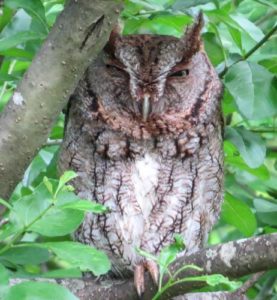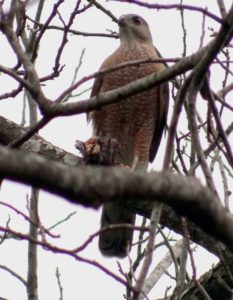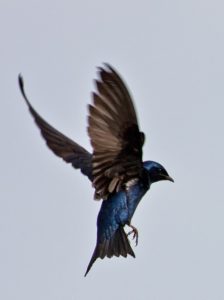Wildlife Wednesday: Spring Migration
When people think of Spring migration, they usually think of bird migration. During Spring Migration, we see wood warblers, orioles, tanagers, buntings, thrushes, and other birds, returning from the neo-tropics (Central and South America) to their breeding grounds in North America. We refer to birds from temperate regions of North America, who overwinter in tropical America to the South of us as “Neotropical Migrants.”
Bird migration is well known, but what many may not know is that various species of butterfly and dragonfly also migrate South in the Fall, and return North in the Spring. Here’s a look at 3 species of migrants that pass through the park every Spring.
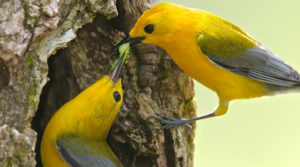
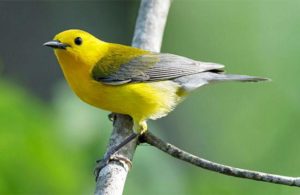
Photographs via: U.S. Fish & Wildlife Service and National Park Service
Prothonotary Warblers (Protonotaria citrea) are bright citron yellow wood-warblers that nest in tree cavities, unlike most other species of warbler, which make more typical nests out of vegetation on tree branches. However, like most new world warbler species, they feed mainly on insects and other small invertebrates (caterpillars are an especially popular food item). These birds are usually associated with forested wetlands (swamps), where they nest and feed. During the breeding season, they’re found in the Eastern U.S. and SE Canada, and they overwinter in Northern South America, and the central Caribbean coast of Mexico. They are found nesting in swamps East and North of the Houston area, but we only get them in Russ Pitman Park during Spring Migration.
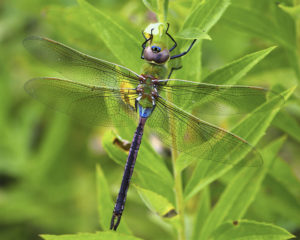
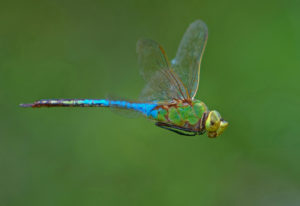
photographs: Dan Mullen | Flickr, Jim McCulloch | Flickr, and Henry Hartley | Wikimedia
Green Darners (Anax junius) are large dragonflies that leave their breeding grounds across North America to migrate South for the winter to Texas and Mexico. This is an exceptionally wide spread and common species of dragonfly, found breeding and feeding around still bodies of freshwater (mainly lakes, ponds, marshes, and swamps). They are highly predatory, taking wasps, spiders, butterflies, and even other dragonflies (including other Green Darners, at times). Large numbers of them are noticeable during fall migration, and they return to their breeding grounds during spring migration (though this late stage of the adult life cycle, and migration habits and patterns are not well studied nor well understood). Most species of dragonfly in North America do not migrate seasonally like this, but instead die off in the fall (leaving behind aquatic offspring to overwinter).
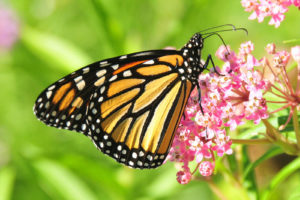
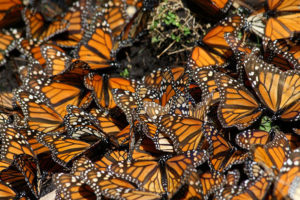
Photographs via: U.S. Fish & Wildlife Service and National Park Service
Monarch Butterflies (Danaus plexipus) are famously migratory butterflies, overwintering in mountain forests in Northern Mexico. They return to the U.S. in April, and undergo an annual migration cycle that is completed over 4 generations (with no single individual completing the entire migration cycle). Their geographic distribution and patterns of movement are actually somewhat complex, as a population, but here is a simplified overview of their migration.
Generation 1 hatches out in the Southern U.S., migrates to the Central U.S. then mates and dies.
Generation 2 hatches out in the Central U.S., migrates further north, then mates and dies.
Generation 3 hatches out in the North, migrates further North, then mates and dies.
Generation 4 hatches out in the far North, and then undertakes the longest leg of the migration, spending the Autumn migrating 1000s of miles back through the U.S. and down to Mexico, where they will spend the winter. In the Spring, they will migrate back to the Southern U.S., where they will mate, lay eggs, and die.
Meadows, wildflower gardens, and prairie are very important to Monarchs while migrating, as they will only lay their eggs on Milkweeds (genus Asclepias), which are found in these habitats.
Sometime this April, head out to the Nature Discovery Center, and see if you can spot one or all 3 of these Spring Migrants. If you’re interested in learning about more species of migrating birds, dragonflies, and butterflies, ask one of our helpful naturalists on site or feel free to email me with questions.
Thanks and see you soon!
Eric Duran
Staff Naturalist
Top photo of male Blackburnian Warbler by Laura Gooch | Flickr


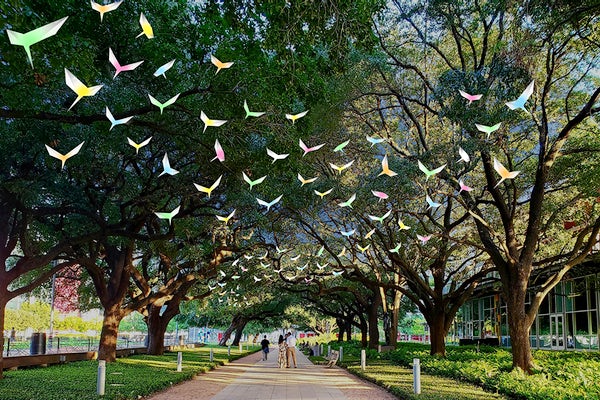

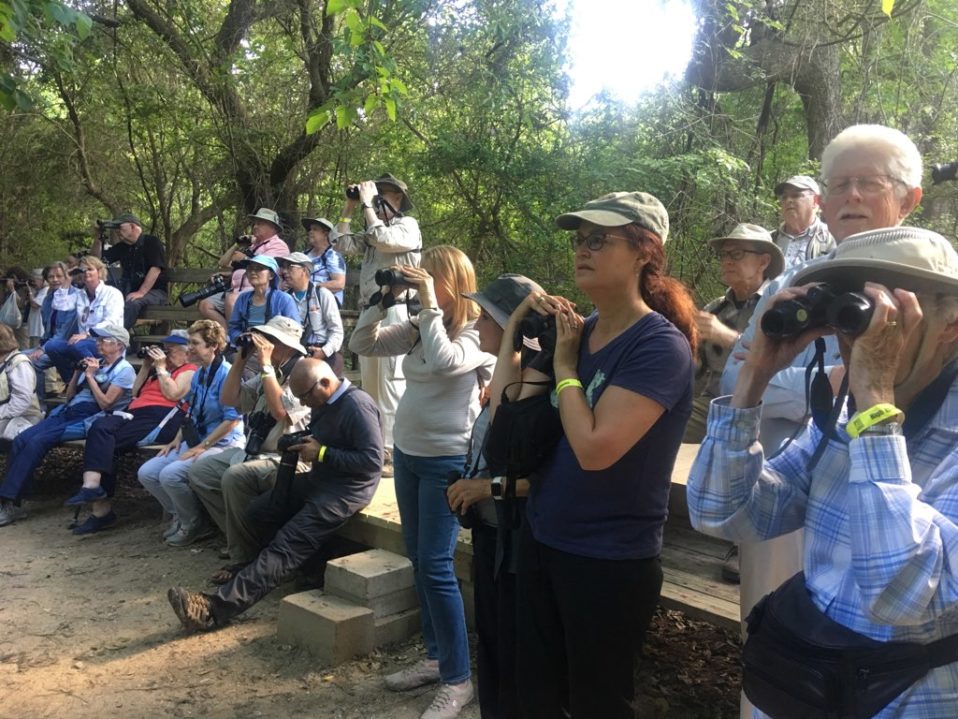

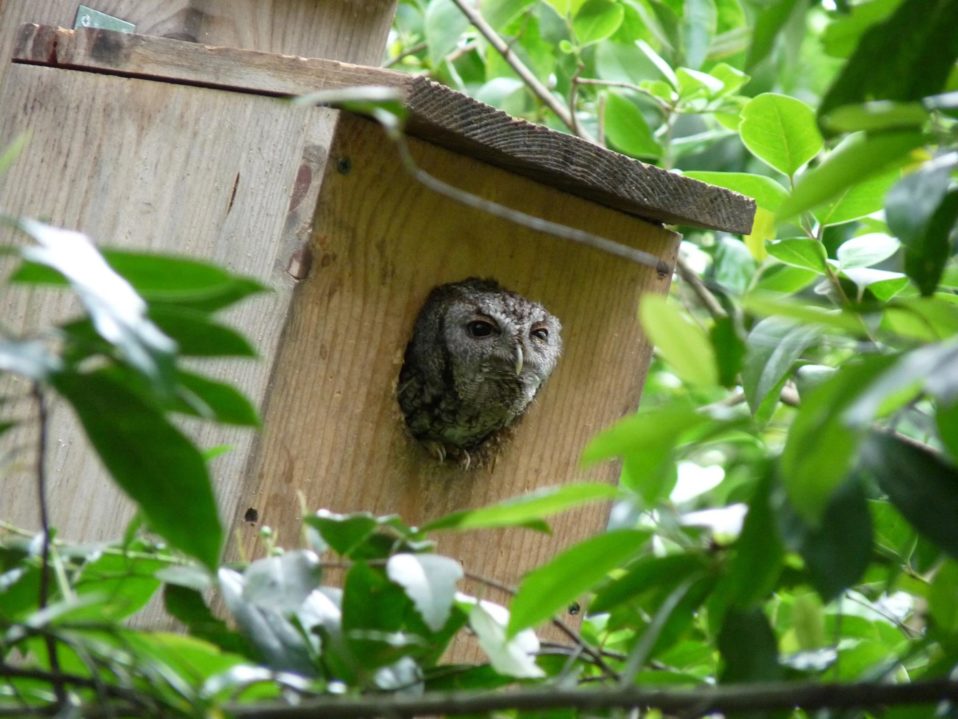
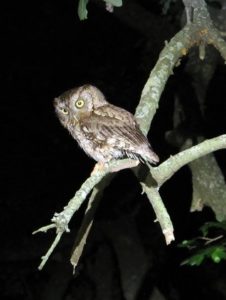 en we lead people through the park at night, the star of the show is usually the diminutive and active Eastern Screech Owl. Many visitors are enraptured, and tell us that it’s the first time they’ve seen an owl in the wild. In fact, most people don’t even know that we had owls here in Bellaire… that they had owls right in their own backyards.
en we lead people through the park at night, the star of the show is usually the diminutive and active Eastern Screech Owl. Many visitors are enraptured, and tell us that it’s the first time they’ve seen an owl in the wild. In fact, most people don’t even know that we had owls here in Bellaire… that they had owls right in their own backyards.

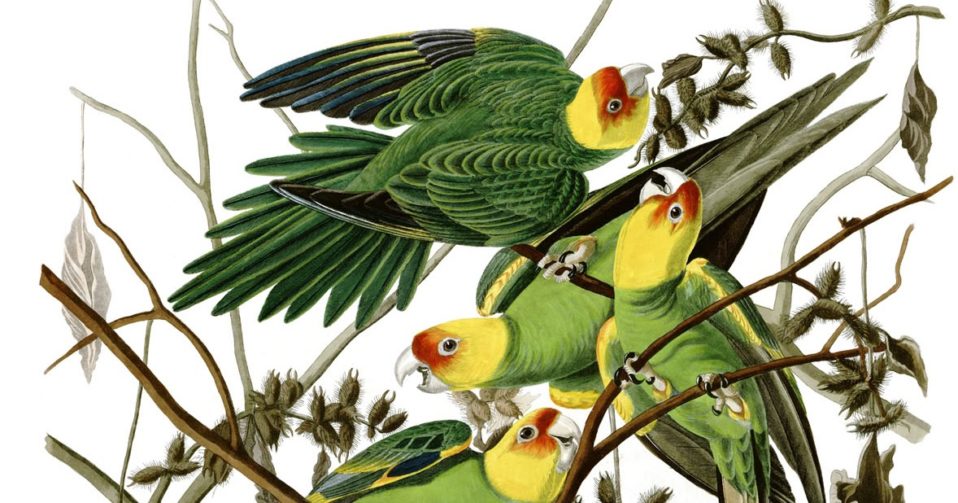
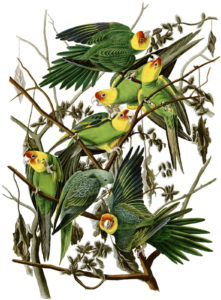 At one time, believe it or not, we had a common and colorful parrot, found across the central and Eastern United States, ranging from Southern New England, west to Colorado, and south to Texas along the Gulf Coast to the tip of Florida. The Carolina Parakeet (Conuropsis carolinensis) could be found in temperate and sub-tropical areas of the country, and was the Northernmost parrot in the Americas. They ate mostly large seeds and small fruits. Its thought that their habit of eating poisonous cocklebur seeds may have made the birds themselves poisonous, protecting them from predators. These parakeets were gregarious, living in groups of 200-300 birds. They nested in old hollow trees, using species such as Sycamore and Bald Cypress, in old growth forests, along the edges of wetlands.
At one time, believe it or not, we had a common and colorful parrot, found across the central and Eastern United States, ranging from Southern New England, west to Colorado, and south to Texas along the Gulf Coast to the tip of Florida. The Carolina Parakeet (Conuropsis carolinensis) could be found in temperate and sub-tropical areas of the country, and was the Northernmost parrot in the Americas. They ate mostly large seeds and small fruits. Its thought that their habit of eating poisonous cocklebur seeds may have made the birds themselves poisonous, protecting them from predators. These parakeets were gregarious, living in groups of 200-300 birds. They nested in old hollow trees, using species such as Sycamore and Bald Cypress, in old growth forests, along the edges of wetlands. 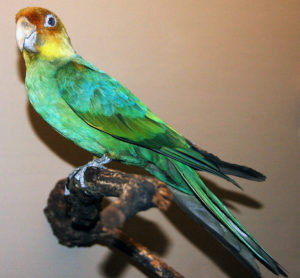
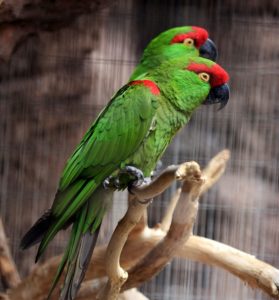
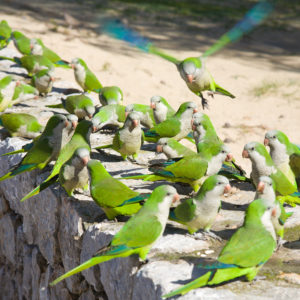
 Besides Monk Parakeets, and the occasional escaped Budgie, released Red-masked parakeets live in San Francisco, and various species of Amazon parrots live in South Texas and Southern Florida. Red-crowned parrots and Green Parakeets nest in the most Southern parts of the Rio Grande Valley of Texas, though its not clear if they are released pets, or whether Mexican populations have begun to creep slowly into the U.S.
Besides Monk Parakeets, and the occasional escaped Budgie, released Red-masked parakeets live in San Francisco, and various species of Amazon parrots live in South Texas and Southern Florida. Red-crowned parrots and Green Parakeets nest in the most Southern parts of the Rio Grande Valley of Texas, though its not clear if they are released pets, or whether Mexican populations have begun to creep slowly into the U.S.
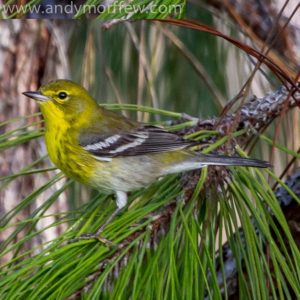
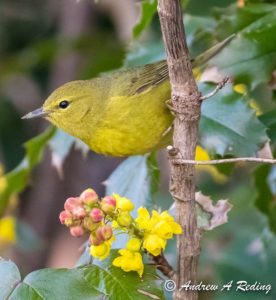
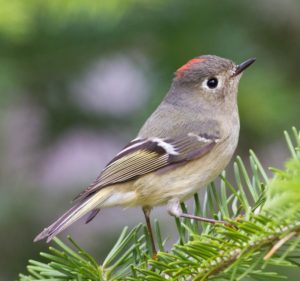
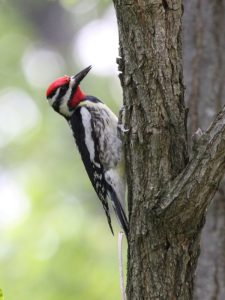
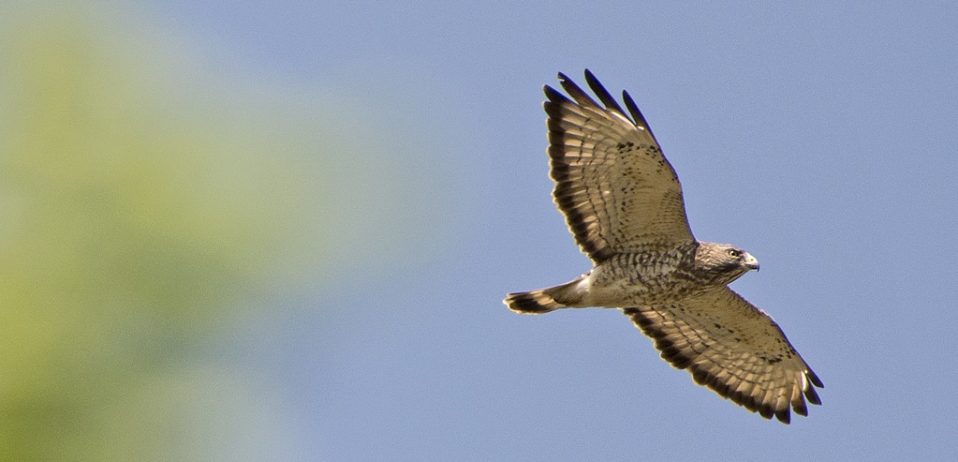
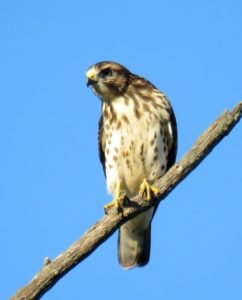
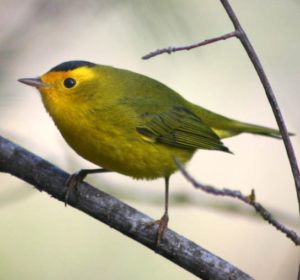
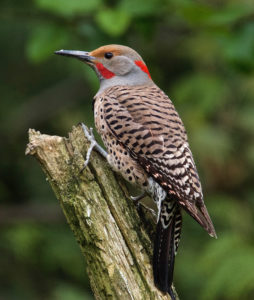
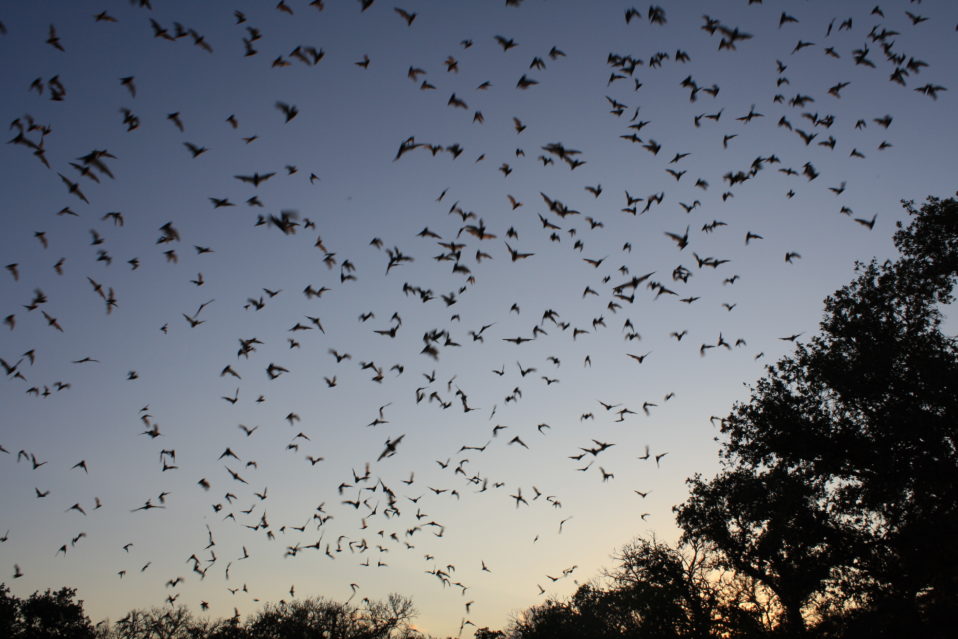
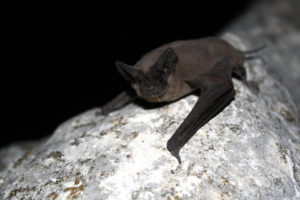
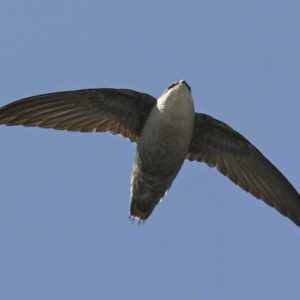

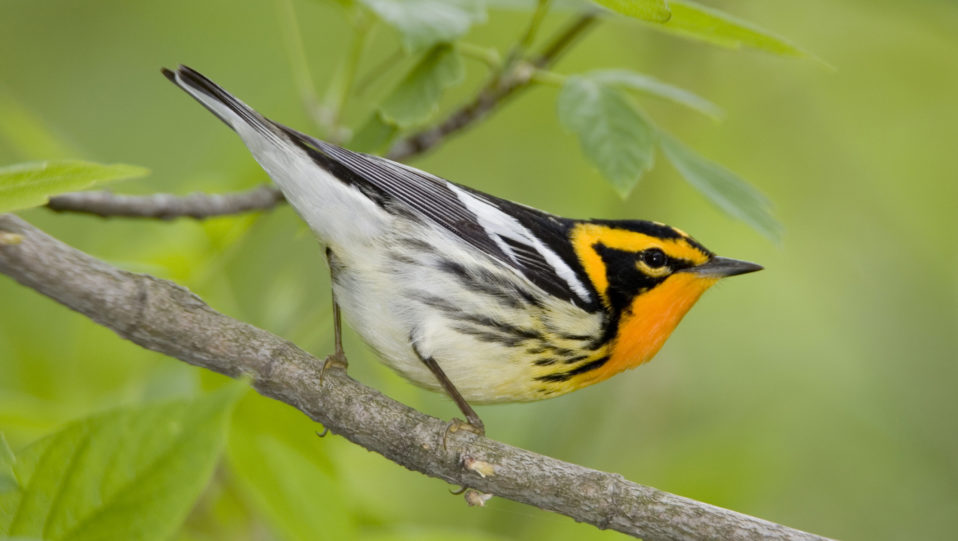






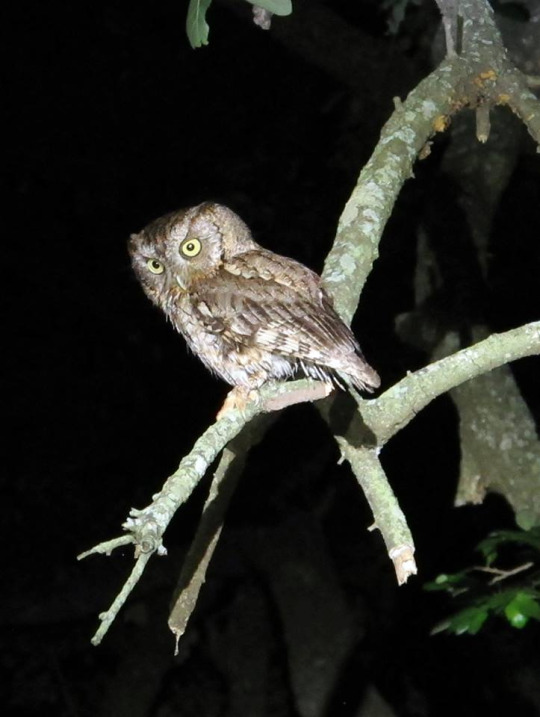
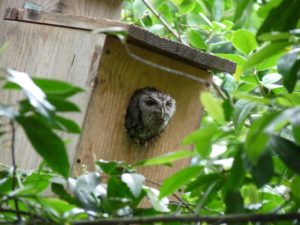 k.
k.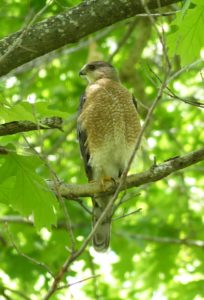
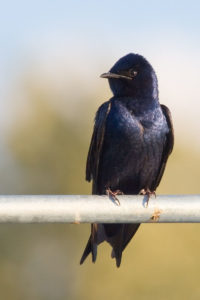 KEK KEK KEK KEK KEK KEK echoing out through the canopy of the trees.
KEK KEK KEK KEK KEK KEK echoing out through the canopy of the trees.